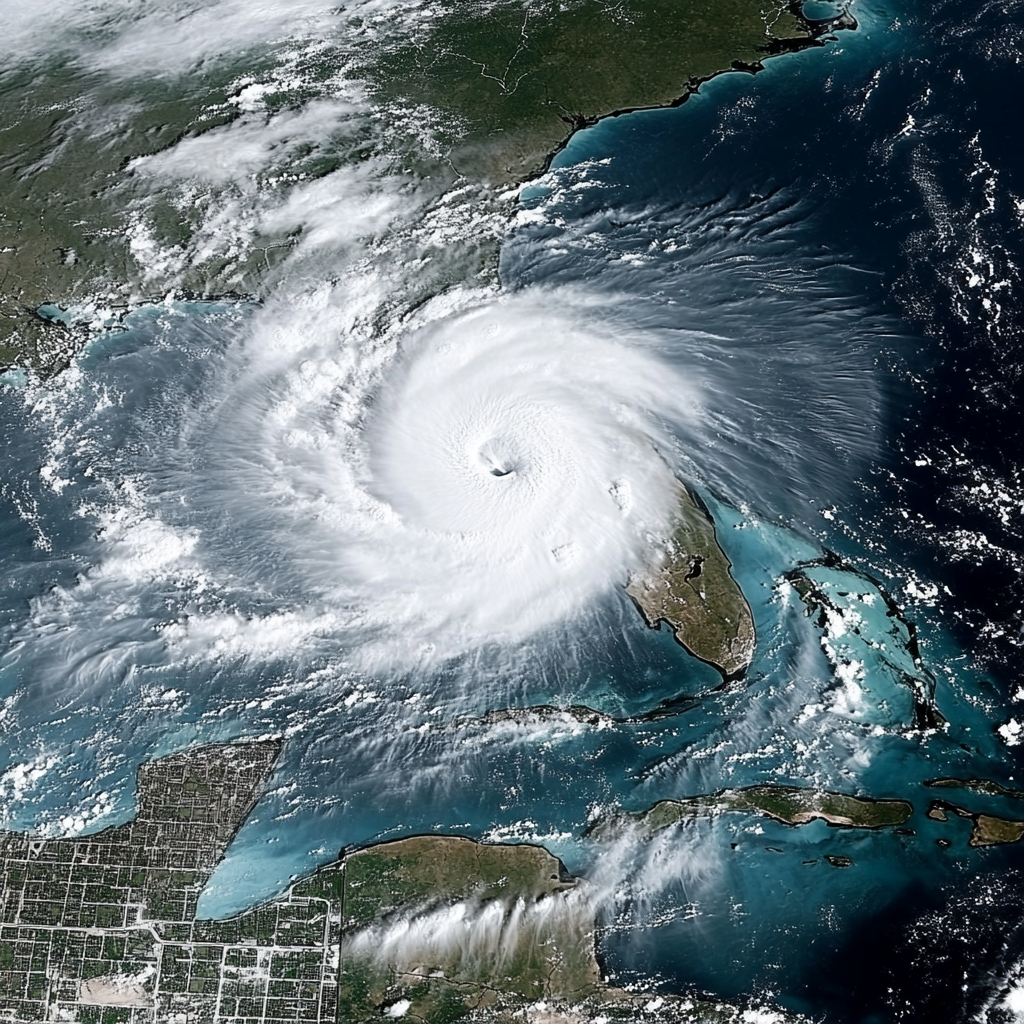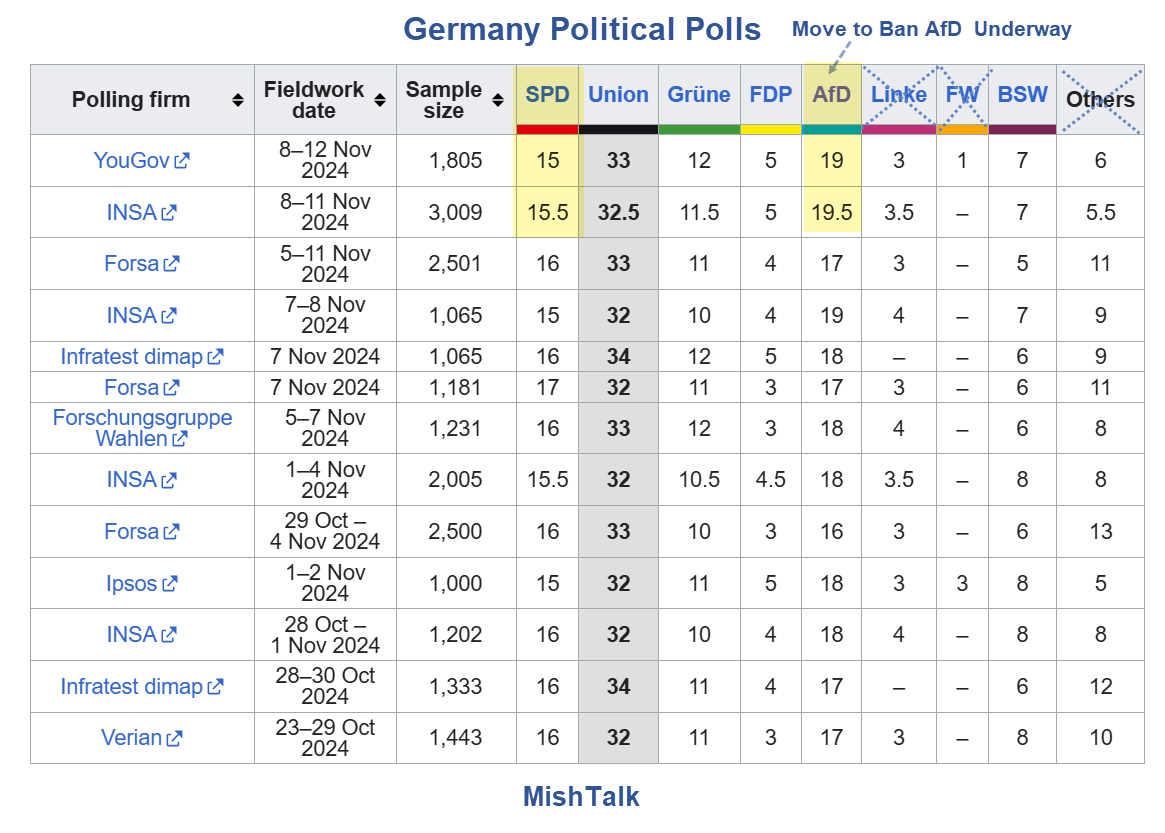
000
WTNT34 KNHC 100248
TCPAT4
BULLETIN
Hurricane Milton Advisory Number 20
National Weather Service National Hurricane Center Miami Florida AL142024
11:00 P.M. EASTERN DAYLIGHT TIME Wed Oct 09 2024
- MILTON BRINGING DEVASTATING RAINS AND DAMAGING WINDS INLAND OVER PORTIONS OF CENTRAL FLORIDA
SUMMARY OF 11:00 P.M. EASTERN DAYLIGHT TIME 0300 UTC INFORMATION
LOCATION 27.6 NORTH 82.0 WEST
ABOUT 75 Miles 120 Kilometers SOUTHWEST OF ORLANDO FLORIDA
ABOUT 100 Miles 165 Kilometers WEST SOUTHWEST OF CAPE CANAVERAL FLORIDA
MAXIMUM SUSTAINED WINDS 105 Miles Per Hour, 165 Kilometers Per Hour
PRESENT MOVEMENT East Northeast OR 60 DEGREES AT 16 Miles Per Hour, 26 Kilometers Per Hour
MINIMUM CENTRAL PRESSURE 960 Millibar, 28.35 INCHES
WATCHES AND WARNINGS
CHANGES WITH THIS ADVISORY:
The Storm Surge Warning has been discontinued north of Anclote River.
SUMMARY OF WATCHES AND WARNINGS IN EFFECT:
A Storm Surge Warning is in effect for
- Florida west coast from Flamingo northward to Anclote River, including Charlotte Harbor and Tampa Bay
- Sebastian Inlet Florida to Altamaha Sound Georgia, including the Saint Johns River
A Hurricane Warning is in effect for
- Florida west coast from Bonita Beach northward to Suwannee River, including Tampa Bay
- Florida east coast from the Saint Lucie/Martin County Line northward to Ponte Vedra Beach
A Hurricane Watch is in effect for
- Lake Okeechobee
- Florida east coast from the Saint Lucie/Martin County Line to the Palm Beach/Martin County Line
A Tropical Storm Warning is in effect for
- Florida Keys, including Dry Tortugas and Florida Bay Lake Okeechobee
- Florida west coast from Flamingo to south of Bonita Beach
- Florida west coast from north of Suwanee River to Indian Pass
- Florida east coast south of the Saint Lucie/Martin County Line to Flamingo
- North of Ponte Vedra Beach Florida to Edisto Beach South Carolina
- Extreme northwestern Bahamas, including Grand Bahama Island, the Abacos, and Bimini
- A Storm Surge Warning means there is a danger of life-threatening inundation, from rising water moving inland from the coastline in the indicated locations.
- For a depiction of areas at risk, please see the National Weather Service Storm Surge Watch/Warning Graphic, available at hurricanes.gov.
- This is a life-threatening situation.
- Persons located within these areas should take all necessary actions to protect life and property from rising water and the potential for other dangerous conditions.
- Promptly follow evacuation and other instructions from local officials.
- A Hurricane Warning means that hurricane conditions are expected somewhere within the warning area.
- A Tropical Storm Warning means that tropical storm conditions are expected somewhere within the warning area.
- A Hurricane Watch means that hurricane conditions are possible within the watch area.
- For storm information specific to your area in the United States, including possible inland watches and warnings, please monitor products issued by your local National Weather Service forecast office.
- For storm information specific to your area outside of the United States, please monitor products issued by your national meteorological service.
DISCUSSION AND OUTLOOK
- At 11:00 P.M. EASTERN DAYLIGHT TIME (0300 UTC), the center of Hurricane Milton was located inland near latitude 27.6 North, longitude 82.0 West.
- Milton is moving toward the east-northeast near 16 Miles Per Hour, (26 Kilometers Per Hour), and this general motion is expected to continue through Thursday, followed by a turn toward the east on late Thursday.
- On the forecast track, the center of Milton will continue to move across the central part of the Florida peninsula overnight, and emerge off the east coast of Florida on Thursday.
- Maximum sustained winds are near 105 Miles Per Hour, (165 Kilometers Per Hour) with higher gusts.
- Milton is forecast to maintain hurricane intensity while crossing Florida overnight.
- After moving into the Atlantic, Milton is expected to gradually lose tropical characteristics and slowly weaken.
- Hurricane-force winds extend outward up to 35 miles (55 Kilometers) from the center and tropical-storm-force winds extend outward up to 255 miles (405 Kilometers). A sustained wind of 92 Miles Per Hour, (148 Kilometers Per Hour) and a gust of 107
- Miles Per Hour, (172 Kilometers Per Hour) was recently reported at a UF Sentinel/WeatherFlow station in Venice.
- A sustained wind of 58 Miles Per Hour, (93 Kilometers Per Hour) and a gust of 82 Miles Per Hour, (131 Kilometers Per Hour) was recently reported at Tampa International Airport.
- A gust of 94 Miles Per Hour, (152 Kilometers Per Hour) was recently reported at a Citizen Weather Observer Program station in Bartow.
- A sustained wind of 52 Miles Per Hour, (84 Kilometers Per Hour) and a gust of 77 Miles Per Hour, (124 Kilometers Per Hour) was recently reported at Winter Haven Regional Airport.
- The estimated minimum central pressure is 960 Millibar, (28.35 inches).
HAZARDS AFFECTING LAND
Key Messages for Milton can be found in the Tropical Cyclone Discussion under AWIPS header MIATCDAT4 and WMO header WTNT44 KNHC and on the web at
hurricanes.gov/text/MIATCDAT4.shtml
STORM SURGE:
- The combination of a dangerous storm surge and the tide will cause normally dry areas near the coast to be flooded by rising waters moving inland from the shoreline.
- The water could reach the following heights above ground somewhere in the indicated areas if the peak surge occurs at the time of high tide
-
- Anna Maria Island, Florida to Boca Grande, Florida 9-13 feet
- Boca Grande, Florida to Bonita Beach, Florida 8-12 feet
- Charlotte Harbor 8-12 feet
- Bonita Beach, Florida to Chokoloskee, Florida 5-8 feet
- Chokoloskee, Florida to Flamingo, Florida 3-5 feet
- Sebastian Inlet, Florida to Altamaha Sound, Georgia 3-5 feet
- Anclote River, Florida to Anna Maria Island, Florida 3-5 feet
- Tampa Bay 3-5 feet
- Saint Johns River 2-4 feet
- The deepest water will occur along the immediate coast near and to the south of the landfall location, where the surge will be accompanied by large and dangerous waves.
- Surge-related flooding depends on the relative timing of the surge and the tidal cycle, and can vary greatly over short distances.
- For information specific to your area, please see products issued by your local National Weather Service forecast office.
- For a complete depiction of areas at risk of storm surge inundation, please see the National Weather Service Peak Storm Surge Graphic, available at
hurricanes.gov/graphics_at4.shtml?peakSurge
RAINFALL:
- Rainfall amounts of 8 to 14 inches, with localized totals up to 18 inches, are expected across central to northern portions of the Florida Peninsula through Thursday.
- This rainfall will continue to bring the risk of catastrophic and life-threatening flash and urban flooding, along with moderate to major river flooding.
- For a complete depiction of forecast rainfall associated with Hurricane Milton, please see the National Weather Service Storm Total Rainfall Graphic, available at
hurricanes.gov/graphics_at4.shtml?rainqpf
and the Flash Flood Risk graphic at
hurricanes.gov/graphics_at4.shtml?ero
WIND:
- Hurricane conditions are occurring within the hurricane warning area and are spreading east-northeastward across the Florida peninsula.
- Hurricane conditions are possible in the hurricane watch area tonight and on Thursday.
- Tropical storm conditions are occurring along the west coast of Florida and have already reached the east coast of Florida.
- Tropical storm conditions are expected to begin in the warning area along the Georgia and South Carolina coast on Thursday.
- Tropical storm conditions are expected in portions of the northwestern Bahamas on Thursday.
TORNADOES:
- A tornado or two is possible through early Thursday morning over parts of central and eastern Florida.
SURF:
- Swells generated by Milton are expected to continue to affect much of the Gulf Coast and will increase along the southeastern U.S. coast during the next day or two.
- These swells are likely to cause life-threatening surf and rip current conditions.
- Please consult products from your local weather office.
NEXT ADVISORY
- Next intermediate advisory at 2:00 A.M. EASTERN DAYLIGHT TIME.
- Next complete advisory at 5:00 A.M. EASTERN DAYLIGHT TIME.
$$
Forecaster Pasch
Originally Posted at: NATIONAL HURRICANE CENTER and CENTRAL PACIFIC HURRICANE CENTER At The NATIONAL OCEANIC AND ATMOSPHERIC ADMINISTRATION
Stay Updated with news.freeptomaineradio.com’s Daily Newsletter
Stay informed! Subscribe to our daily newsletter to receive updates on our latest blog posts directly in your inbox. Don’t let important information get buried by big tech.
Current subscribers:



